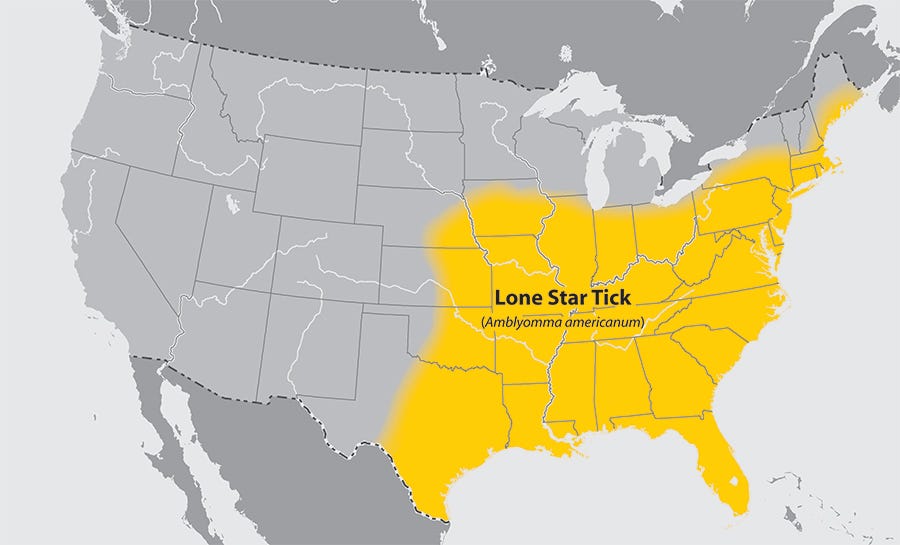HTLV-1 is a deadly ancient virus related to HIV. Unlike its long-lost cousin, most people have never even heard of it – even scientists don't truly understand it – and it’s currently spreading across parts of Australia like wildfire.
The majority of the worst affected areas are Indigenous Australian communities in Australia’s Northern Territory. It’s believed over 45 percent of adults in five communities around Alice Springs are infected with the deadly virus. In two communities, that rate was as high as 50 percent, The Guardian reports. Faced with this spike in cases, some of the world’s leading biomedical researchers are now calling for immediate action, before the situation goes from bad to worse.
Human T-lymphotropic virus type, or HTLV-1, is a cancer-causing retrovirus transmitted through sexual contact, blood transfusion, and breastfeeding. It can lead to severe health problems by weakening the body’s immune system. However, it is an extremely different virus to HIV. Foremost, it can lead to an aggressive form of leukemia in 5 percent of people and a chronic paralytic disease in a further 1 to 4 percent. Most people have no symptom, however.
There are distinct populations of the virus found across the globe, cropping up in the Caribbean, Sub-Saharan Africa, Papua New Guinea, northern Australia, and among South American native peoples. They even found evidence of an HTLV-like virus in mummified remains of people who lived over 1,000 years ago in the Andes mountains. HIV, by comparison, has only existed in since approximately 1900.
Dr Robert Gallo, who first discovered HTLV-1 in 1979 and HIV as a cause of AIDS in 1984, has shown concern about the recent flare-up in Australia, urging for more energy and funds to find a viable treatment or even vaccinate against the virus.
"The prevalence is off the charts,” Dr Gallo said, speaking to CNN. "Nobody that I know of in the world has done anything about trying to treat this disease before."
"There's little to almost no vaccine efforts, outside of some Japanese research," he said. "So prevention by vaccine is wide open for research."
Part of this story is nothing new. A 1993 survey of Aboriginal communities of Australia’s Northern Territory found notable levels (between 4.7 and 13.9 percent) of infection. Sadly, researchers think they know why it hasn't been addressed yet.
“We need to do significantly more with HTLV-1,” Gallo told The Guardian. “I think it hasn’t received adequate funding or attention [yet], and there you get into the obvious reason: it’s not common among European-derived people at all, it’s rare.”
With the virus starting to appear more and more, and a few cases in the US and Europe cropping up, scientists studying HTLV-1 are hoping this brings some desperately needed attention to the deadly problem.
